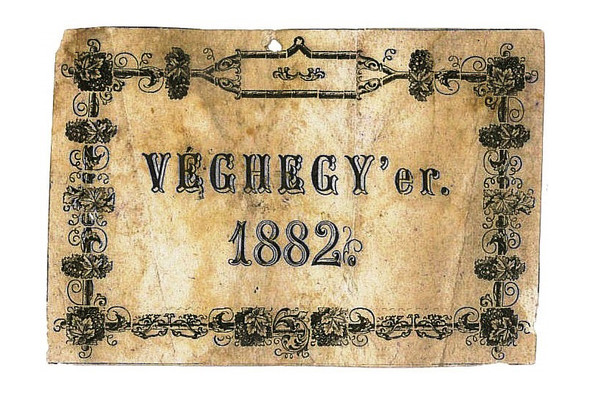In Tokaj in recent decades, it has been clarified and strictly defined with the help of product descriptions what type of wines can be made from what sort of grapes to be distributed under the name ‘Tokaji’. The nomenclature is unambiguous. Earlier, however, wines were named more freely and according to different rules. Wine labels from the past 150 years clearly show different names and wine types from those today. Having studied the Tokaji wine labels, I have selected some and focused on striking differences, obviously not aiming at a comprehensive analysis. As for the era, I was able to review the years after the 1850s.
It is a good idea to start with aszú, as the emblematic wine of Tokaj. In the 1940s, the Tokaji Borforgalmi Vállalat (Wine Trading Co.) the predecessor of the Tokaji Borkombinát, state-owned Wine-Making Cooperative) simply put the word “ASZÚ” on the labels. Needless to say, the point was not quality in today’s sense of the word.
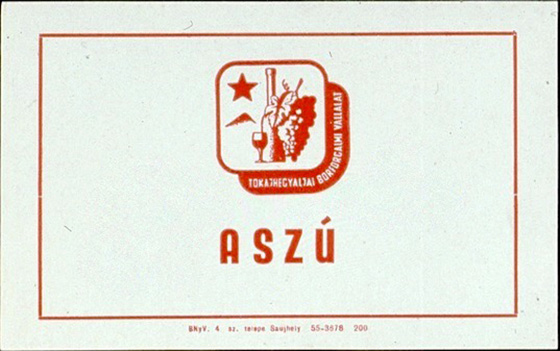
This was the same, of course, just as 150 years ago, we can see on the label of Miklós Borsai, a wine producer from Mád.
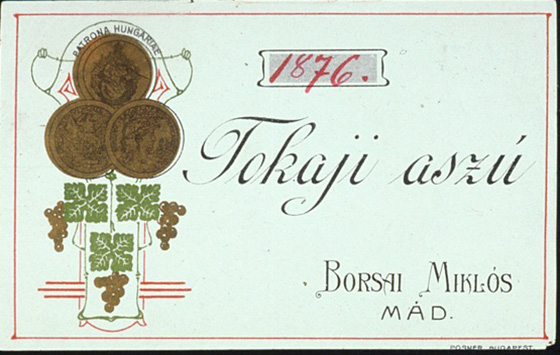
The number of puttony typically appeared on the neck label. Under today’s regulations, the Tokaji aszú name is back and the product description defines, among other things, the minimum sugar content of the aszú wine. Accordingly, the wine with sugar content corresponding to the earlier aszú with 2-4 puttony may be called aszú was also acceptable. On the Slovakian side, the making of 2-4 puttyony (putňový) aszú had not stopped until recently.
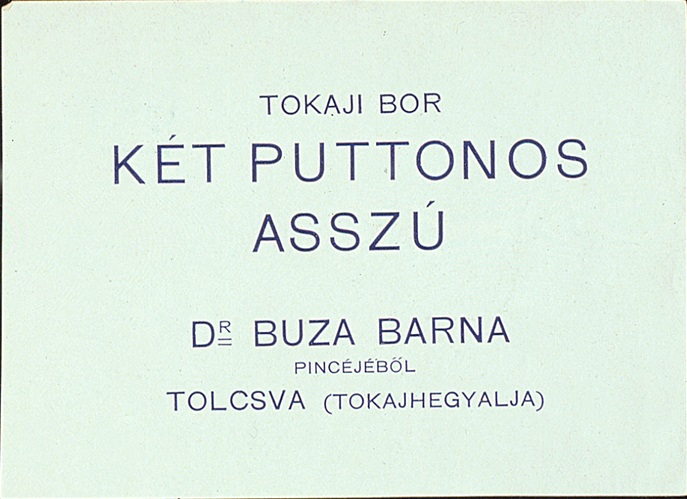
When looking at wine names, you can come across various outdated expressions like “ancient furmint” or “new furmint” in the case of young items used, for instance, by the state-owned Tokajhegyaljai Állami Gazdasági Borkombinát.
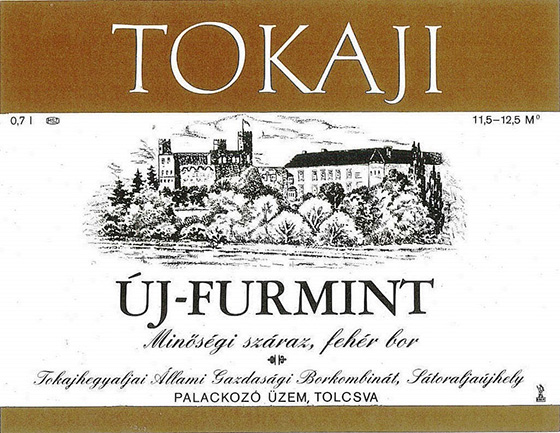
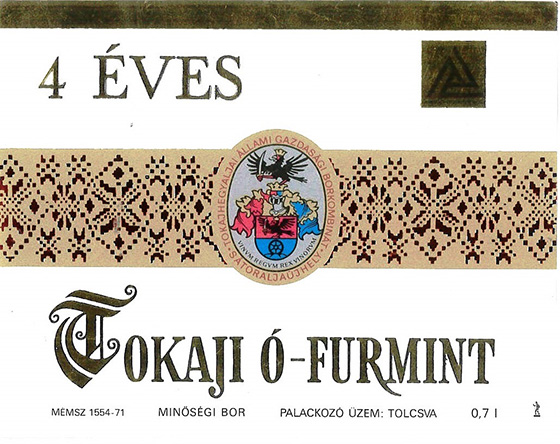
Another unique name emerged between the World Wars: Pál Margarétha distributed his wine under the name of “old szamorodni”.
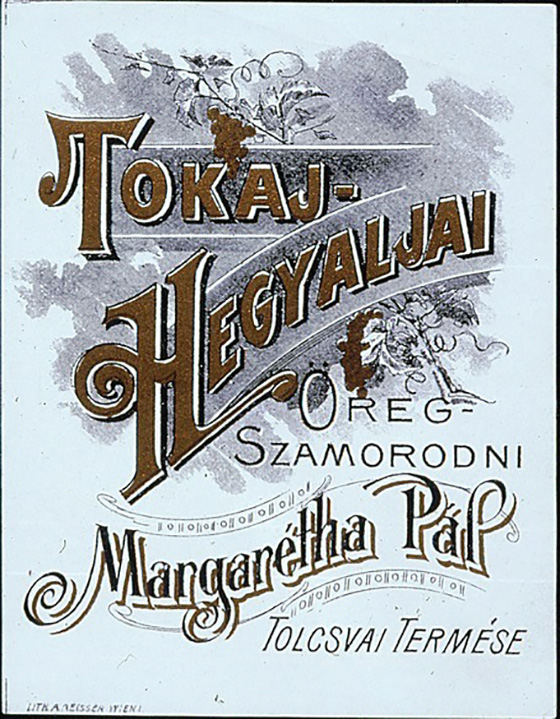
The elderly surely remember the expression “Mád pecsenye” (meaning: roast) which would probably best correspond to “Zemplén” today, meaning a kind of country wine in a category between quality and table wines. The Magyar Állami Pincegazdaság (Hungarian State Cellar Cooperative) produced large quantities of this wine between 1950 and 1970. Monimpex, the only company with an export licence, sold this regional wine abroad, too.
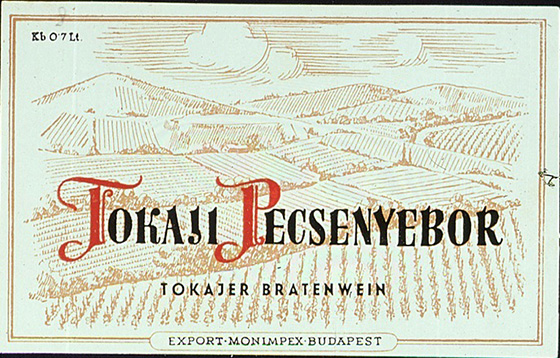
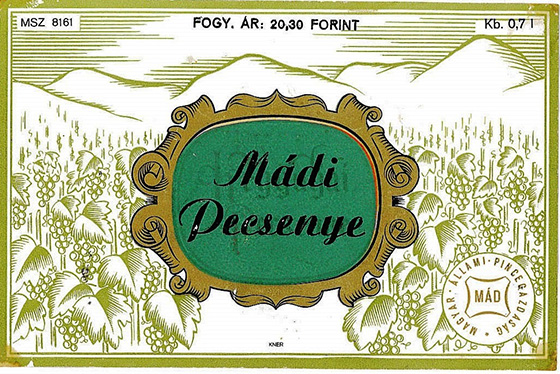
However, the name ‘pecsenye’ did not appear or become common during Socialism. Baron Waldbott’s winery distributed wine under this name as early as 1936.
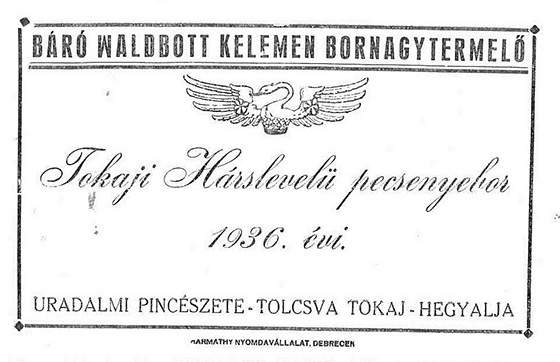
The Tokajhegyaljai Bortermelők Pinceszövetkezete (Cellar Association of Winemakers in Tokajhegyalja) also sold “pecsenye wine” (between 1939 and 1941).
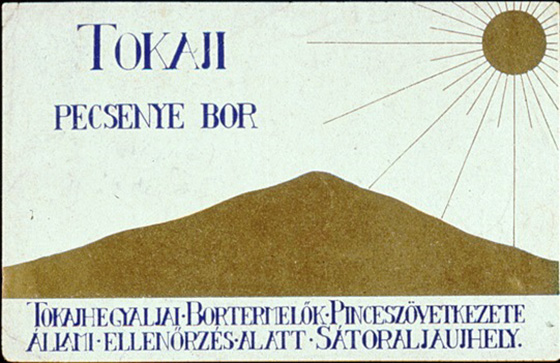
Finally, to prove that there was indeed the category of “table wine” (Asztali Bor), let’s have a look at Manó Révai’s wine label from the end of the 19th century. The label of Tokaji Borpince és Áruforgalmi Rt. (Tokaj Wine Cellar and Product Trade Co.) was also made for a table wine around 1948.
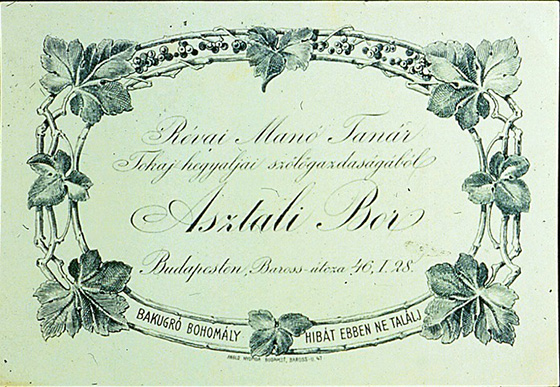
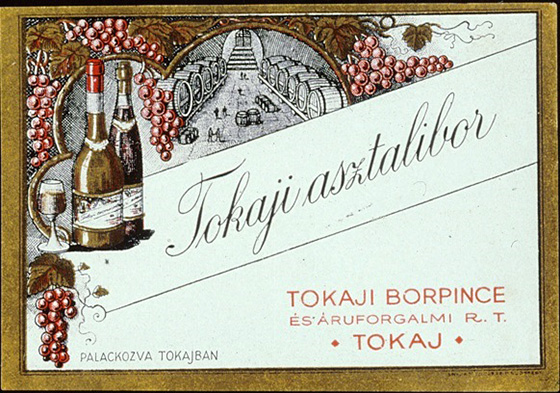
Red wine was also sold in Hegyalja a long time ago. Baron Wladbott’s winery chose a rather good name for it: “boszorkányvár” (witch’s blood). The same name has been reused since then in the Kunság wine region.
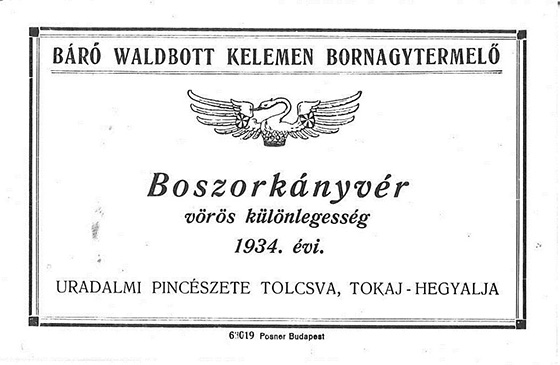
Red grapes were also grown in Mád and the wine made from this was also distributed by Norbert Lippóczy in the 1930s.
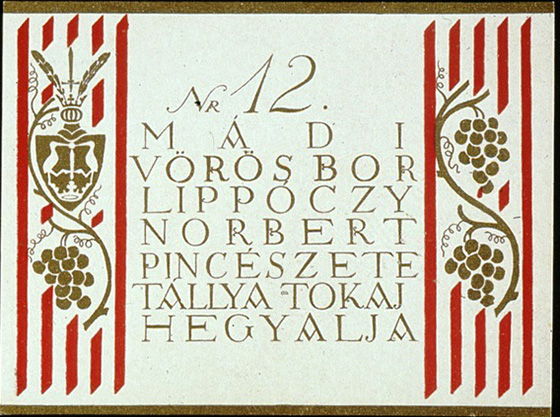
Aszú wine has long been used for medical purposes. The following label from the wine shop of Mrs J Borger and Son is an example of that. Endre Scholtz, a pharmacist from Budapest sold Tokaji as medicine at the turn of the 19th and 20th centuries, as a food supplement, we would say today.
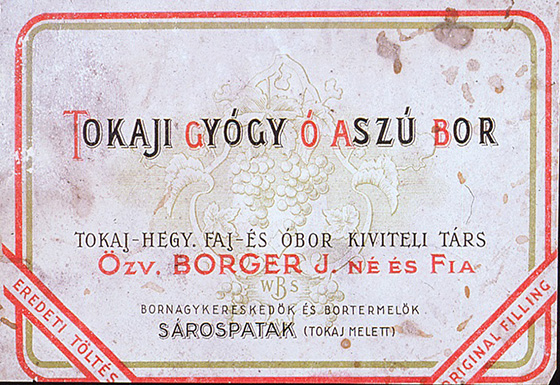
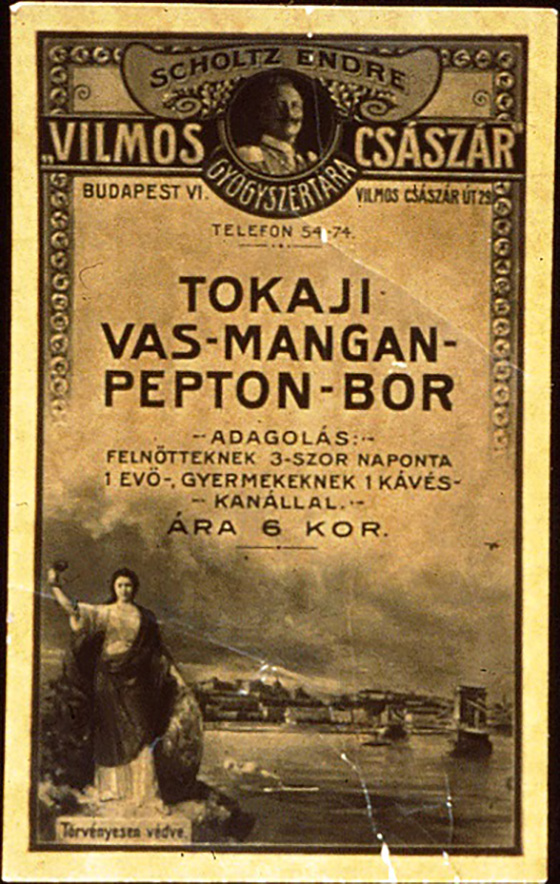
What’s more, even Riesling could be used to make szamorodni, as Baron Waldbott did in Tolcsva.
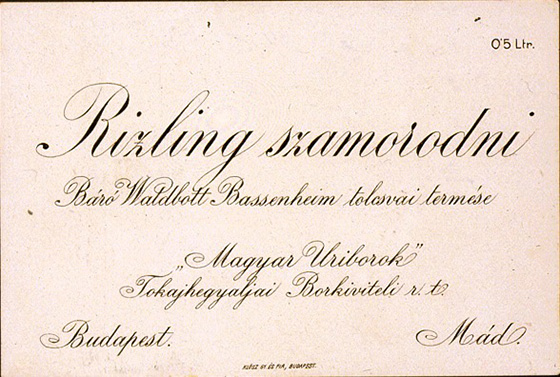
The creativity of Lajos Windisgraetz’s winery can be detected in the first fantasy name for a wine named “Ringató” (Dandling), which was probably among the best wines, as its contemporary bearing a similar name.
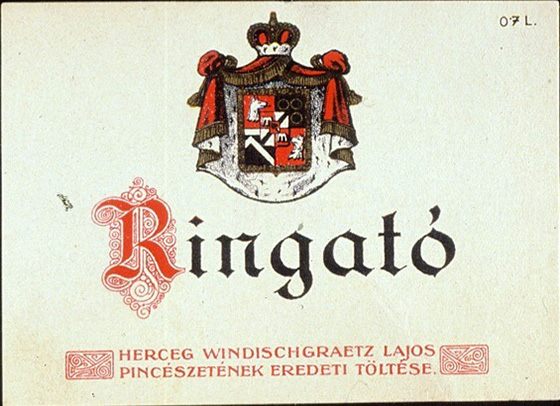
Sweet szamorodni could also be called “édeskés” (sweetish) if it was not sweet enough.
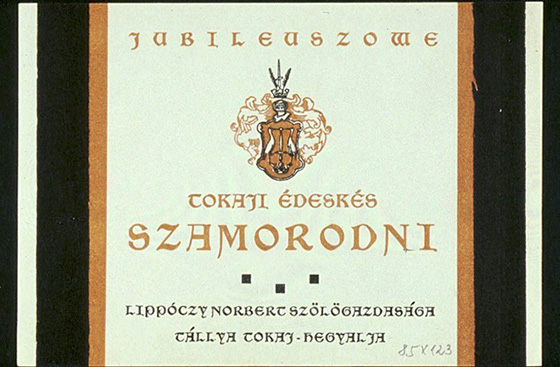
Máslás was “mászlás” at the end of the 19th century at the wineries of Frigyes Stillmann and the Selbstherr brothers.
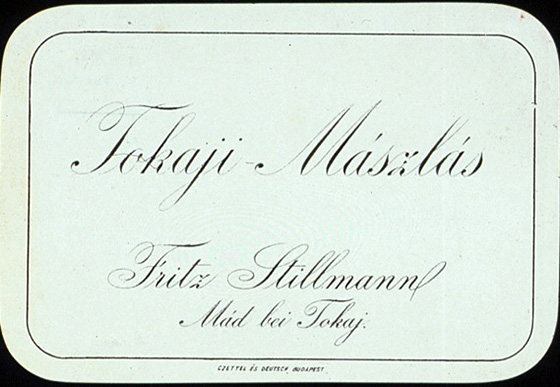
Finally, after seeing so many beautiful labels, do not despair if szamorodni is sometimes misspelt.
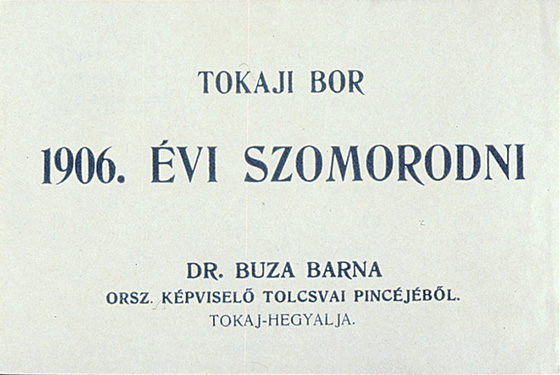
Many thanks to Dr Zoltán Bihari (Head of the Research Institute for Viticulture and Oenology, Tokaj) for the labels.



